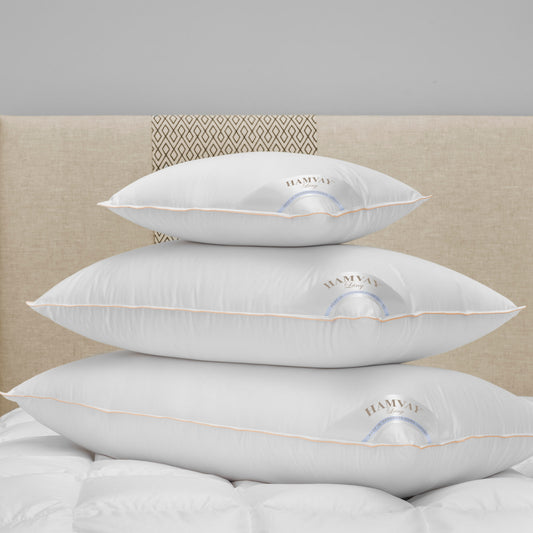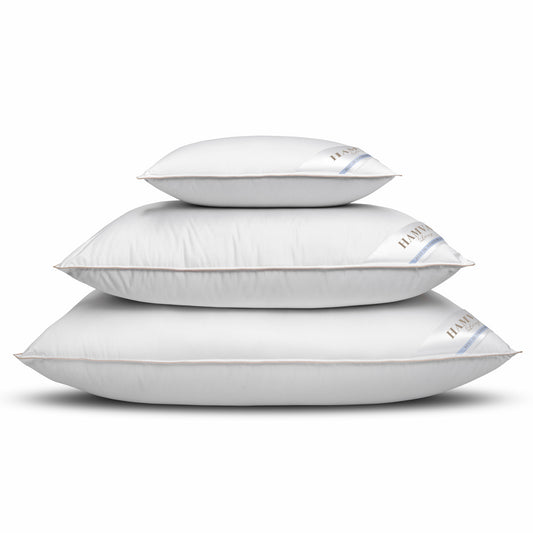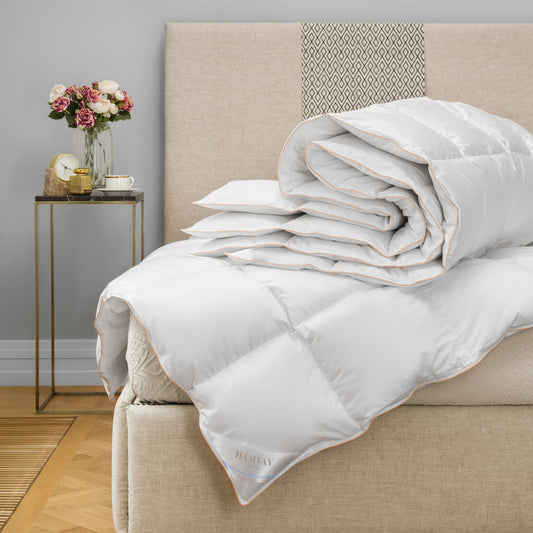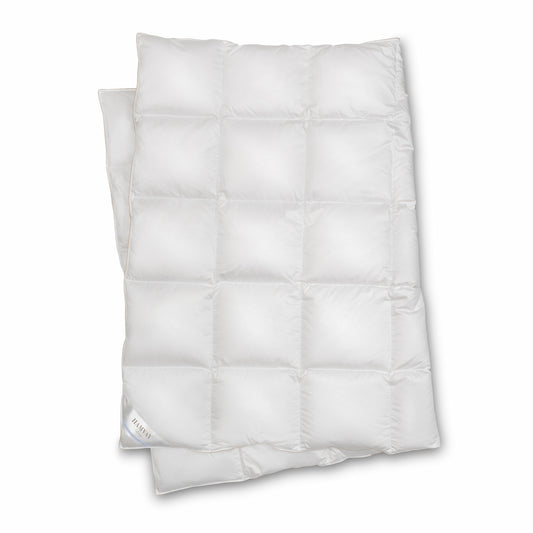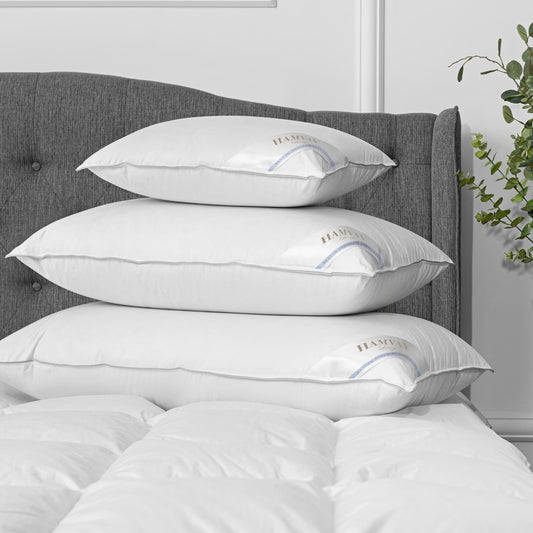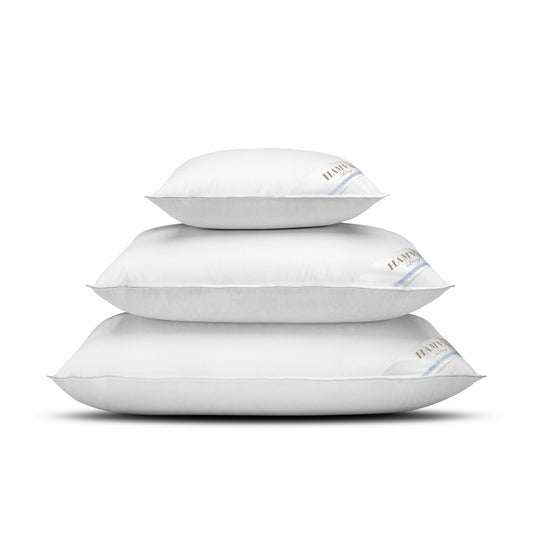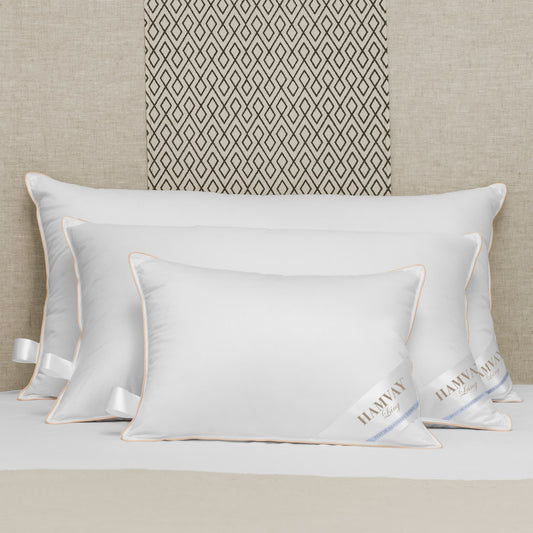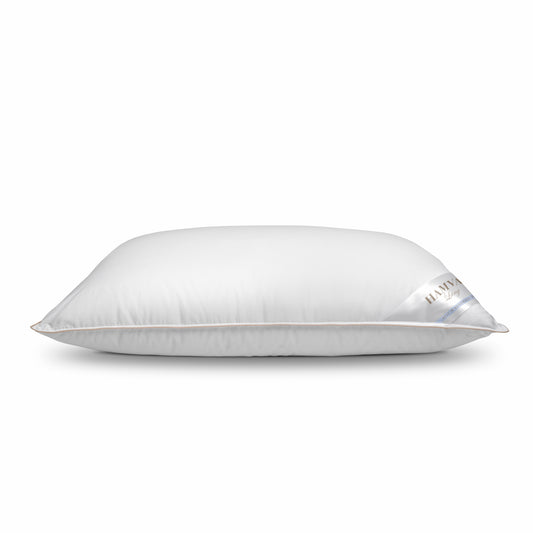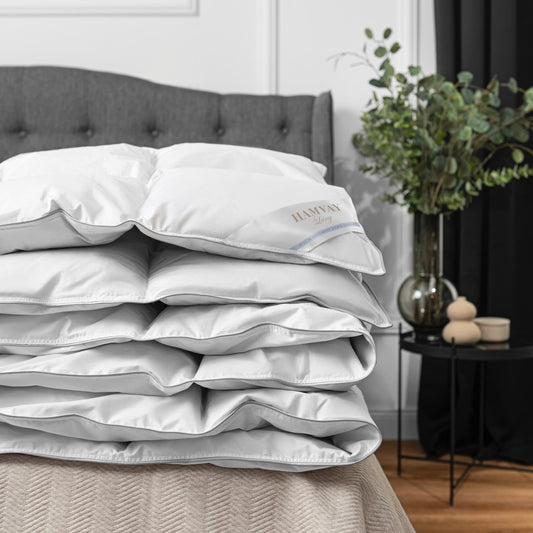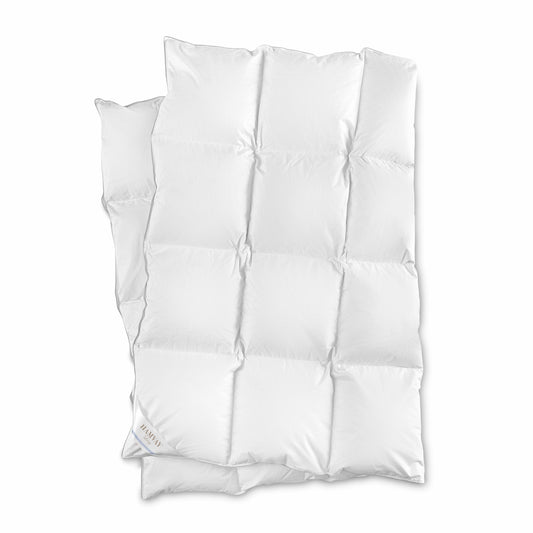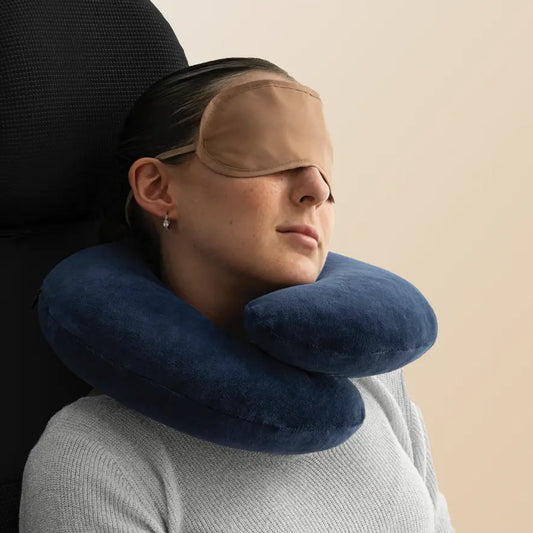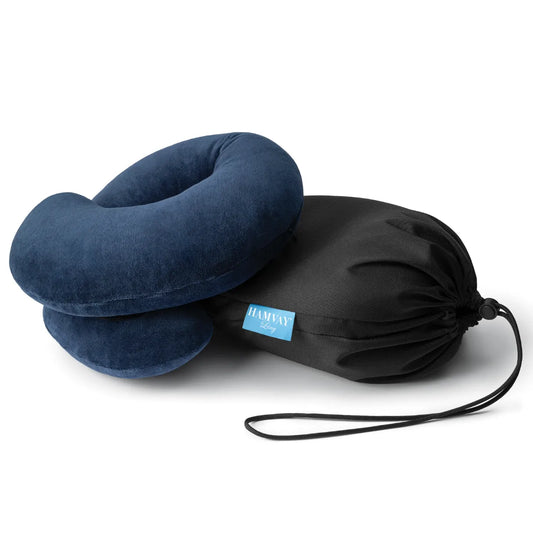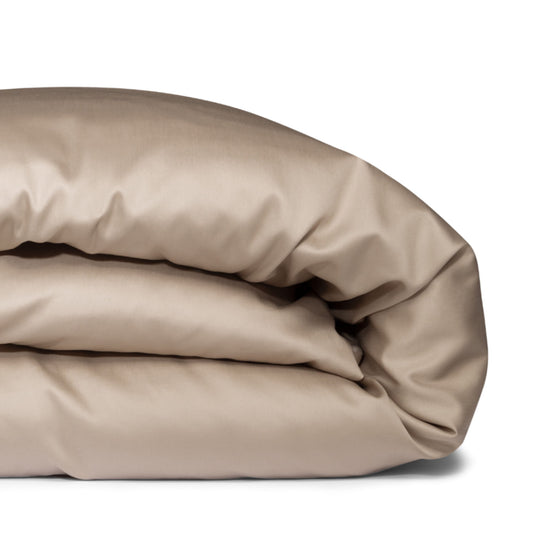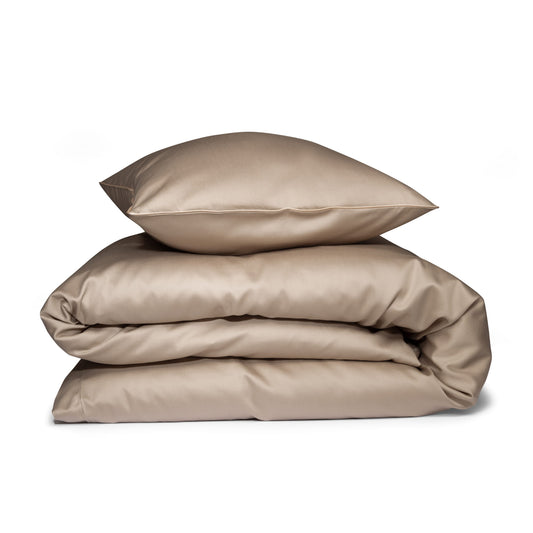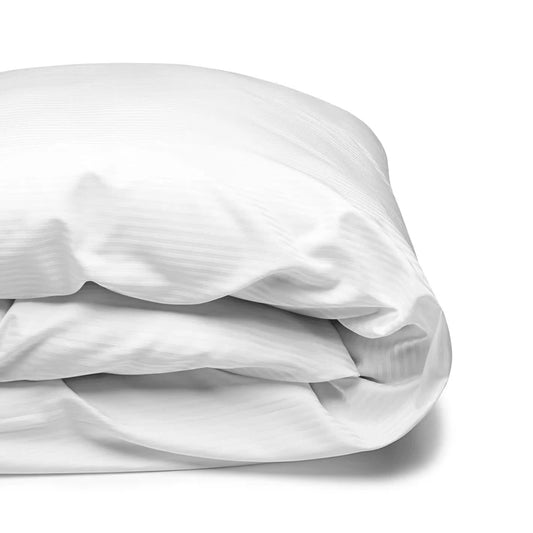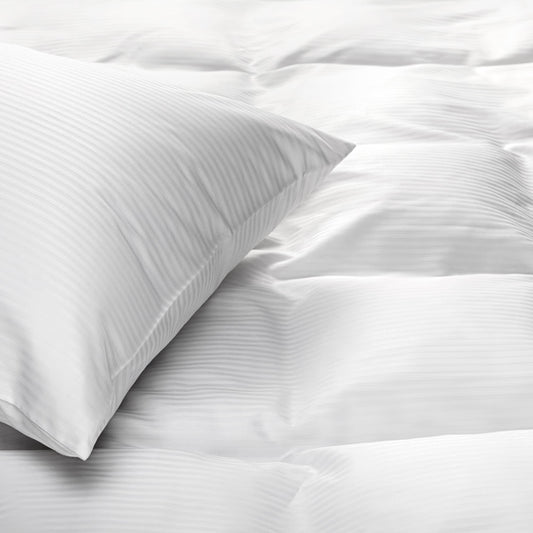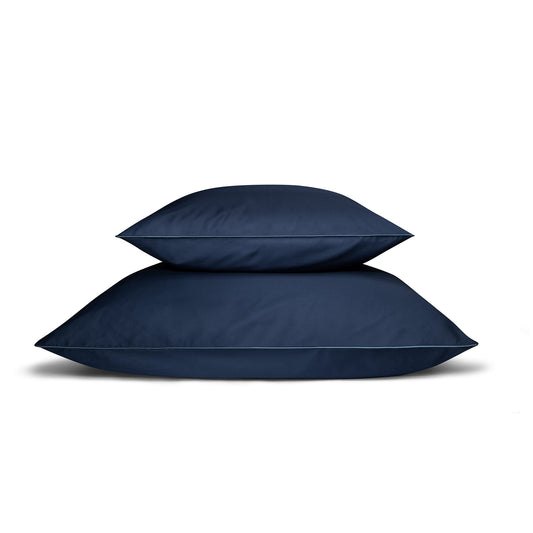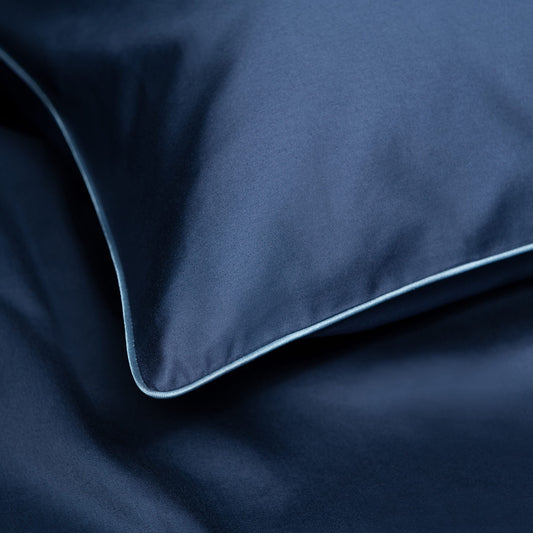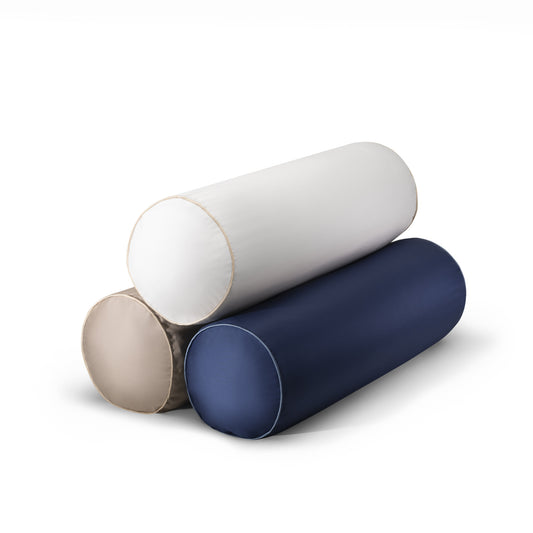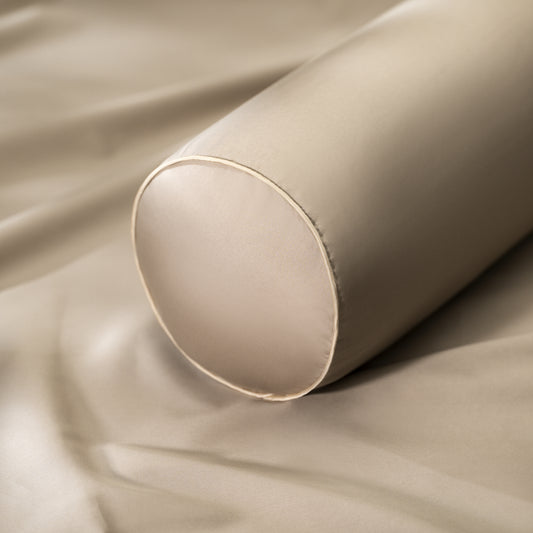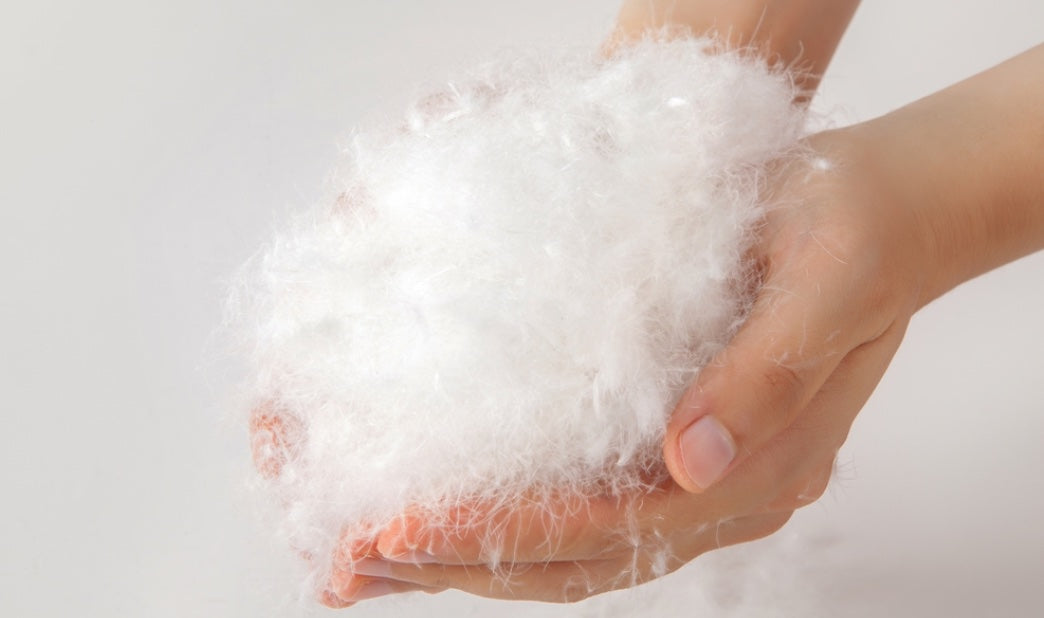
Down vs. Feather: Why Your Bedding Fill Matters?
Share
RESEARCH IS IMPORTANT
When it comes to selecting bedding for your new mattress or to update your current bedding, there are a lot of choices you will need to make. In today’s bedding market, consumers can find an array of fabrics, styles, and materials of which their bedding products are made. Doing a bit of research beforehand, and especially learning about what types of options exist for your pillow and comforter, is recommended.
In selecting your next pillow or comforter, one of the most important decisions you will make is the fill. There are a lot of fill options, ranging from synthetic fills to more natural options like feather and down. Consumers often don’t realize that there are differences between feather and down fillings but knowing the difference can help you more confidently select bedding that meets your needs and maximizes your bedding investment.
Down vs. Feather: The Basics
Is there a difference between feathers and down? Yes, there is! Feathers are the outer coating of ducks or birds and serve as a protectant, repel water, and help them fly. They typically are stiff and have sharp quills.
Down, on the other hand, is the material that lies below the outer covering of feathers and serves as the bird’s, duck’s, or goose’s insulation, keeping its body warm. Down is much softer and lighter than the outer protective feathers and has softer and more flexible plumules instead of quills. The natural construction of down is such that thousands of tiny fibers extend out from a down tuft’s center, which provides the ideal structure to trap heat.

With these basics in mind, it might be easier to see that feathers typically aren’t the best option for bedding like pillows and comforters. Because they are larger, stiffer, and have sharp quills, they do not provide maximum comfort, softness, or flexibility, and their stiff quills can poke through delicate bedding fabrics. Feathers can be used in less-used household items like decorative pillow and cushions, but they are not recommended for bedding.
Down vs. Feather: Thermal and Comfort Qualities
There’s no question about it: down is much warmer than feathers. As noted above, feathers are not ideal for bedding like comforters, duvets, and pillows. In some comforter and pillow fillings, you can find feathers as the main fill or a mix of feather and down.
When choosing a bedding product, specifically a comforter, thermal qualities are incredibly important. And fill power is something every consumer should note when selecting a pillow or comforter. The fill power denotes the loft or fluffiness of down, and the higher the fill power, the higher the quality of the down and the softer and fluffier the bedding will be. Feathers don’t have fill power, but down comes in a variety of fill powers, with different varieties of down having better fill power than others. For instance, Hungarian goose down is considered top-of-the-line when it comes to a luxurious bedding fill that is soft, fluffy, warm, and stands the test of time.
Educating yourself on down vs. feather bedding is essential in assuring the bedding you purchase meets your needs. Down fill, and specifically, Hungarian goose down, is the best comforter and pillow option for its softness, thermal qualities, and comfort, and it is an investment that will last you for years to come thanks to exceptional durability.
Hamvay-Láng Goose Down Pillows
